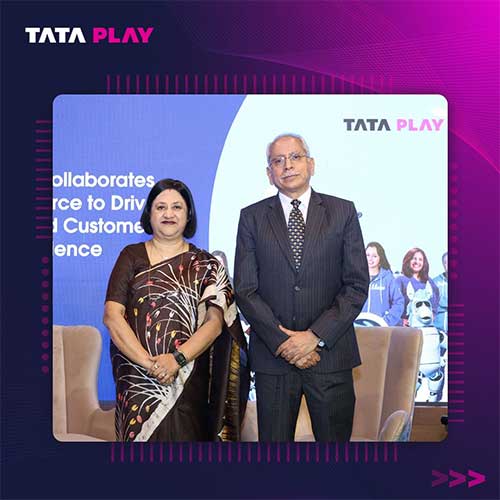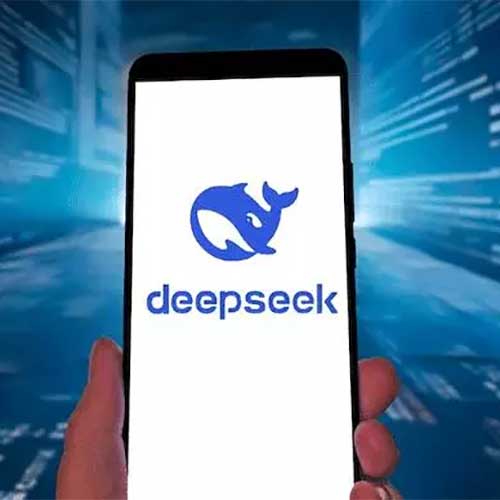Sales Enablement Strategies to Drive Revenue
2017-01-10
A sound implementation strategy leads to impeccable execution on the ground. While sales enablement is on the mind of seasoned sales leaders, many have doubts regarding the successful implementation of sales enablement strategies. Questions such as“How do we empower our sales reps?”, “How can we measure sales success?”, “What does sales enablement mean for us?”, “How do we communicate value with sales enablement?” etc. often crop up. The most critical question – “What sales enablement strategy should we adopt to drive revenue?” often remains partially answered. It is therefore imperative that enterprises understand and therefore implement robust strategies for seamless sales enablement. While each strategy has certain restrictions, they are proven to transform sales. In order to accelerate an enterprise’s profitability and implement an effective sales enablement process, it is vital to understand each of the sales enablement strategies listed below.
Whitespace Database: This is about increasing the size of the pie and providing access to untapped potential customer database. Sales enablement strategies have a high dependency on the right set of database and the impact that whitespace discovery can bring in towards revenue maximisation is undoubtedly immense. What it can eventually lead to higher sales force productivity, greater average sales price and of course higher incremental revenue output. The future of sales enablement will witness enterprises leveraging technology to generate white space database and address untapped white spaces for increasing sales conversion and delivering greater sales impact.
Marketing Automation: Digital marketing is a great and powerful tool for communicating messages to people. It is an interesting and engaging means to connect to the overall process. With the right set of target database, marketing automation allows cooking suspects into becoming high propensity prospects. It allows initiating a dialogue as well as adding more character to the entire sales enablement methodology, by ensuring targeted as well as relevant campaign identification. Right from identifying the stakeholders, to evaluating the situation, to building a customised plan to finally putting it into action –marketing automation fuels the sales enablement process with quicker and optimal returns.
Sales Execution Methods: Certain sales enablement strategies require an extended team of sales force to achieve the desired results. That’s where implementation methodologies like feet-on-street or telesales come into play.
Feet-on-Street (FOS): Also known as the traditional method of selling, this approach deploys sales people on the ground to implement the sales plan. In a traditional sales environment, the sales representative is in total control of the communication with a potential customer – sharing all the benefits of the product and convincing the customer to make a purchase. A successful FOS strategy is dependent on profile fitment, effective deployment plan, territory mapping and coverage plan and a well thought out monitoring and reporting plan. Many industries depend on this methodology for revenue generation and it hugely complements the other prevalent strategies.
Telesales: This strategy is implemented by enterprises who want to convert their traditional, feet-on-street sales representatives to consultative managers, using the medium of teleoperations.Using the consultative approach, a sales representative assumes the role of a mentor, and gathers information from the prospect, weighs all options and chooses the most appropriate solution. Telesales also delivers benefits such as quick turnaround time, greater geographical reach, and optimum ROI, provided this strategy is aligned with the overall objective of the enterprise.
Marketing Activations: These primarily are focused on activating sales and driving foot falls at the point of sales.Through BTL activities such as store promotions, road shows, visual merchandising, sampling activities, events etc, marketing activations are focused on driving inbound sales. Considering the nature of the activity to drive on-the-spot sales, customer experience via instant gratification is of prime importance.
Training: Sales training is a vital component of sales enablement since one of the prime objectives of sales enablement is to empower the sales force to perform their job better. As a powerful means of developing the sales force and sales managers, it builds critical skills and knowledge for long-term success. The objective of training is to impart a simple message, ensure its consistency, and track the impact. Training can be deployed through various methodologies - classroom training, remote training, on-the-job training, e-learning, self-running modules etc. – and each method equips the sales force to perform better. Well-thought-out training content and its effective implementation have the power to transform the sales force of an enterprise, as well as provide customers with a consistent and standardised experience across the organisation, across geographies, eventually creating opportunities for larger returns.
Technology: Given this day and age, the use of technology is part and parcel of business operations. Technology in fact has the power to drive the future of sales enablement. Technology empowers sales enablement in multiple ways including sales force automation, workforce automation, customer relationship management, knowledge management and so on. It impacts revenue acceleration through sales process automation with GPS/ GPRS activation to impact real-time action on market information. Sales Force Automation enables successful sales by automating some of the common tasks within the sales processes, thus facilitating prioritisation of responsibilities, meeting of all sales opportunities, better forecasting and intelligence, higher accountability, easier collaboration and data sharing, and seamless access to information for all stakeholders at all times.Implementing technologies such as mobility, analytics, cloud, content-rich systems, etc. provides an explosion of data, transforms sales and enables buyers and sellers to engage in more productive ways.
Analytics: Data gathering is done by one and all. Prime importance needs to be given to extracting intelligence out of that data and applying that to make informed decisions. Eventually sales enablement strategy relies heavily on the market behaviour. Sales enablement uses analytics to optimise the sales cycle, customise content, gauge the effectiveness of content usage and sales rep performances, measure customer engagement, amplify best practices, etc. Analytics has made rapid strides from predictive analytics to data modelling to big data management, and combined with smarter implementation, can bring tremendous benefits to an enterprise and its sales team.
See What’s Next in Tech With the Fast Forward Newsletter
Tweets From @varindiamag
Nothing to see here - yet
When they Tweet, their Tweets will show up here.




























